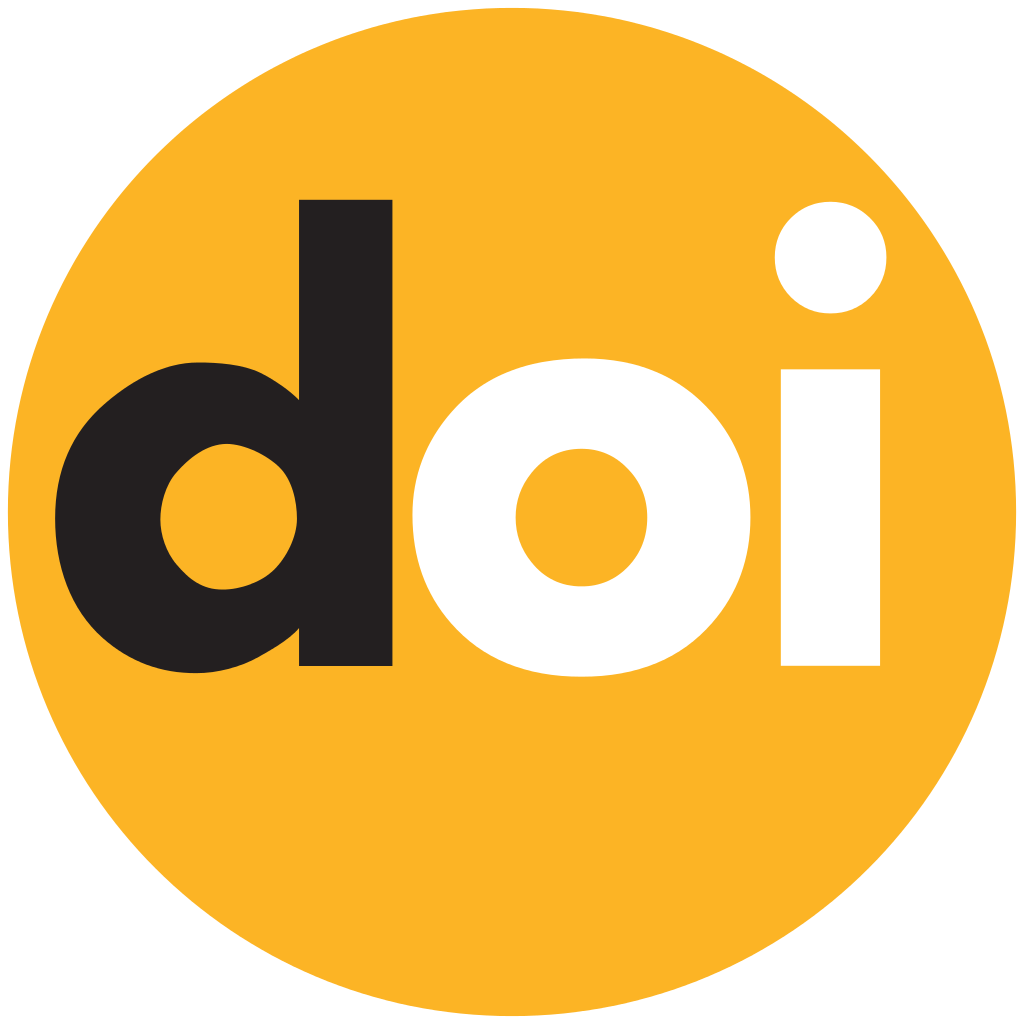The Effect of Non-implementation of the Beam Roof of the Last Floor Block on the Irregularity of the Analysis and Design of the Structure
Abstract
Knowledge about the earthquake phenomenon is increasing day by day, and building regulations are evolving due to these developments. Previously, all the structures were designed in the elastic range and depending on the intensity of seismicity of the region and the importance of the structure, but now the regulations consider the structures to withstand significant inelastic deformations under the forces resulting from earthquake movements. In general, in earthquake-prone areas, it is not economically appropriate to design common buildings in such a way that these structures remain in the elastic range during severe earthquakes. The development and progress of the knowledge of the dynamics of structures, on the one hand, and the increase of information obtained from recorded earthquakes, on the other hand, show that various factors are effective in the amount of earthquake force. Some of these factors are related to the dynamic properties of structures, such as periodicity, damping, mode shape, structure malleability, etc. In addition, other factors, such as the type of soil and the level of seismicity of the place, are also effective in determining the strength of the earthquake. In fact, the building is not rigid, and it changes shape and vibrates during an earthquake so that the displacement and acceleration created in it gradually increase from the first floor upwards. Also, the natural period of its vibration will be longer, and the acceleration caused by the earthquake will be smaller. In other words, the taller the building, the smaller the acceleration of the earthquake.
Keywords:
Earthquake, Regional seismicity, Structure ductility, AccelerationReferences
- [1] Akhawan Sigari Yazd, M. H., & Khalo, A. (2010). Investigating the conversion factor of relative lateral displacement obtained from linear analysis to the actual relative lateral displacement of the structure. The 5th national civil engineering congress. Mashhad, Iran. Civilica. (In Persian). https://civilica.com/doc/80348
- [2] Arabpour, F., & Masoudzadeh, S. A. (2005). Regular and irregular buildings in plan and elevation (investigation and analysis method during earthquakes). 12th civil engineering student conference. Tehran, Iran, Civilica. (In Persian). https://civilica.com/doc/4419
- [3] Hamedi, F., & Nosrati Qazvininejad, M. (2007). Investigating the seismic behavior of irregular buildings using modal nonlinear static analysis method. The second national conference on rehabilitation and retrofit of Iran. Kerman, Iran. Civilica. (In Persian). https://civilica.com/doc/32254
- [4] Hassani Jejini, H. R., Moradi Shaghaghi, T., & Vatheghi Amiri, J. (2013). Evaluation of the performance level of five and six-story reinforced concrete buildings in areas with seismic hazard level 1 using the pushover nonlinear static analysis method. The first national conference on future buildings. Tabriz, Iran. Civilica. (In Persian). https://civilica.com/doc/210789
- [5] Ghodrati Amiri, G., Seyyed Kazemi, A., & Razviyan Amrei, S. A. (2010). Seismic assessment of conventional flexural frame steel buildings. The first national conference on structures and steel. Tehran, Iran. Civilica. (In Persian). https://civilica.com/doc/101250
- [6] Moghadam, H. (2005). Earthquake engineering (fundamentals and applications). Farahang. (In Persian). https://b2n.ir/e80077
- [7] Mondkar, D. P., & Powell, G. H. (1977). Finite element analysis of non‐linear static and dynamic response. International journal for numerical methods in engineering, 11(3), 499–520. https://doi.org/10.1002/nme.1620110309
- [8] Mohammad Reza Tabeshpour. (2009). Requirements for brick infill walls in the 2800 regulation. Fadak Isatis. (In Persian). https://b2n.ir/u15526
- [9] Caglar, N., Pala, M., Elmas, M., & Mercan Eryılmaz, D. (2009). A new approach to determine the base shear of steel frame structures. Journal of constructional steel research, 65(1), 188–195. https://doi.org/10.1016/j.jcsr.2008.07.012
- [10] Applied technology council. (1996). Seismic evaluation and retrofit of concrete buildings. https://www.atcouncil.org/pdfs/atc40toc.pdf
- [11] Pettorruso, C., & Quaglini, V. (2024). Comparison of linear and nonlinear procedures for the analysis of the seismic performance of straight multi-span RC bridges. Buildings, 14(12). https://doi.org/10.3390/buildings14020464
- [12] Fidani, C. (2009). Earthquake lights in reggio calabria and messina, italy, one hundred years after the december 28, 1908 quake. 100 years from the messina earthquake. reggio calabria. https://b2n.ir/s17864
- [13] Nair, L., & Kumar, A. S. (2016). Pushover Analysis of RC Frame for effective column design. International research journal of engineering and technology (IRJET), 3(7), 1362–1366. https://www.irjet.net/archives/V3/i7/IRJET-V3I7270.pdf


